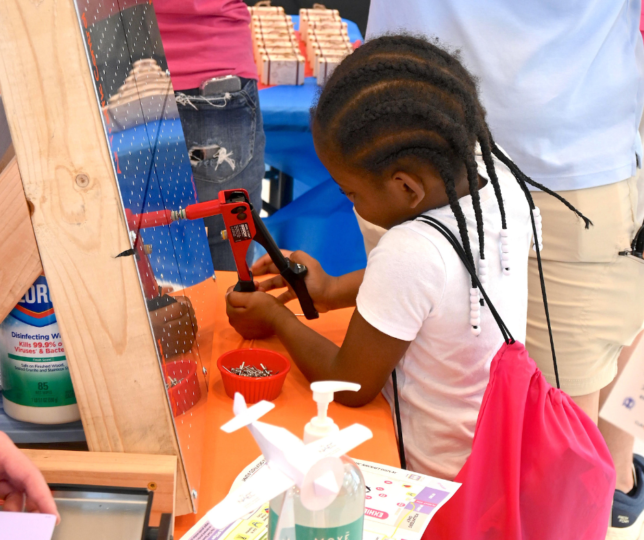Generational Learning
Each generation has evolved to have a unique learning style. For Boomers, they did well with a lecture-style format. Today’s learners, though, have shorter attention spans and more stimulus from the digital world. Their learning is different and may appear very messy to those who used two rows and columns in a classroom. Young learners today need to experiment, touch, feel and perhaps even build a digital model in order to embed learning. Frankly, the newest generation of learners both learn and think differently from those in the past.
Here at the Henry B. Tippie National Aviation Education Center (NAEC), we integrate science, technology, engineering and math (STEM) in a different way. Literally, we put the tools in the learners’ hands. On our staff we have a number of public school STEM educational leaders. We have found that true STEM learning is scary, both for the learner and the teacher. Many times, a STEM lesson or project outcome is unknown to both the student and the teacher. While some students might be OK with that, a teacher may be very uncomfortable not knowing what the finished product should be. But that’s the great thing about STEM and project-based learning. There are multiple correct answers or outcomes.
“Guide on the side”
Sometimes it is the adult that gets in the way of children’s learning. Even some of our educators admit that in their 34-year careers in public education, they interfered in kids learning. Not knowing the answer when you are the adult in the room is very intimidating. It takes a special educator to be comfortable in that situation, learning alongside the student. The days of being the “sage on the stage” have given way to being the “guide on the side.”
At the NAEC, we choose projects that give the students choices in the outcomes they desire. Acting as mentors, tutors, and learners ourselves, we guide students (of all ages) to learn by doing. Yes, mistakes will be made along the journey to success. However, we believe that every learns more from the mistakes we make than from doing something correctly the first time. It is the skill development of critical thinking and problem solving where real learning takes place and lessons are embedded. When an adult gives the learner the correct answer or outcome, we steal the true learning from that student.

